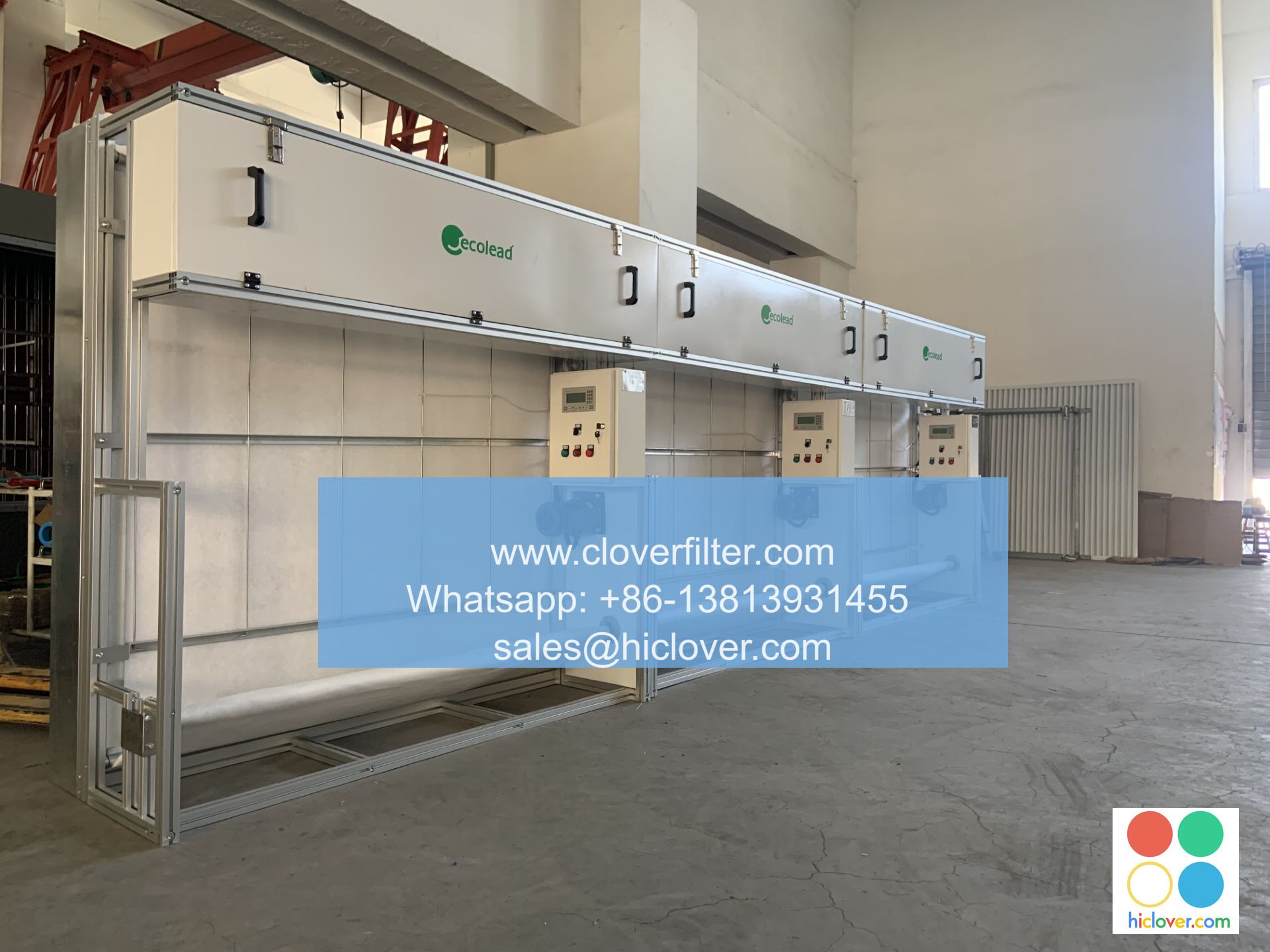Air Filter Pressure Drop: A Guide to Optimizing System Performance for Commercial Buildings

As a facility manager or building owner, ensuring optimal performance of your commercial building’s heating, ventilation, and air conditioning (HVAC) system is crucial for maintaining a comfortable and healthy indoor environment. One critical aspect of HVAC system performance is air filter pressure drop, which can significantly impact the overall efficiency and energy consumption of your building. In this article, we will delve into the world of air filter pressure drop, exploring its causes, effects, and strategies for optimization in commercial buildings.
Understanding Air Filter Pressure Drop
Air filter pressure drop refers to the decrease in air pressure that occurs as air passes through a filter. This pressure drop is caused by the resistance to airflow created by the filter media, which can be affected by factors such as filter type, filter size, airflow rate, and filter cleanliness. A higher pressure drop can lead to increased energy consumption, reduced system performance, and potentially even equipment failure.
Causes of High Air Filter Pressure Drop
Several factors can contribute to high air filter pressure drop, including:
* Dirty or clogged filters: Failing to regularly clean or replace filters can lead to increased pressure drop and reduced system performance.
* Incorrect filter sizing: Using filters that are too small or too large for the system can create unnecessary pressure drop.
* High airflow rates: Exceeding the recommended airflow rates for a filter can increase pressure drop and reduce filter life.
* Filter media type: Using filters with high-resistance media, such as HEPA filters or activated carbon filters, can increase pressure drop.
Effects of High Air Filter Pressure Drop
High air filter pressure drop can have significant consequences on your commercial building’s HVAC system, including:
* Increased energy consumption: Higher pressure drop can lead to increased fan energy consumption, resulting in higher energy bills.
* Reduced system performance: High pressure drop can reduce airflow rates, leading to decreased system performance and potentially even equipment failure.
* Increased maintenance costs: High pressure drop can lead to increased maintenance costs, as filters may need to be replaced more frequently.
Optimizing Air Filter Pressure Drop
To optimize air filter pressure drop and improve system performance, consider the following strategies:
* Regular filter maintenance: Regularly clean or replace filters to prevent dirt and debris buildup.
* Filter sizing optimization: Ensure filters are properly sized for the system to minimize pressure drop.
* Airflow rate optimization: Optimize airflow rates to prevent excessive pressure drop.
* Filter media selection: Select filters with low-resistance media, such as pleated filters or bag filters, to minimize pressure drop.
* System design and commissioning: Ensure the HVAC system is properly designed and commissioned to minimize pressure drop and optimize system performance.
Application Areas for Optimal Air Filter Pressure Drop
Optimizing air filter pressure drop is crucial in various commercial building application areas, including:
* Office buildings: Optimizing air filter pressure drop can improve indoor air quality and reduce energy consumption in office buildings.
* Healthcare facilities: In healthcare facilities, optimal air filter pressure drop is critical for maintaining a healthy indoor environment and preventing the spread of airborne diseases.
* Industrial facilities: In industrial facilities, optimizing air filter pressure drop can improve system performance and reduce energy consumption, leading to increased productivity and reduced costs.
* Data centers: In data centers, optimal air filter pressure drop is crucial for maintaining a stable and efficient operating environment.
In conclusion, air filter pressure drop is a critical aspect of HVAC system performance in commercial buildings. By understanding the causes and effects of high air filter pressure drop and implementing strategies for optimization, facility managers and building owners can improve system performance, reduce energy consumption, and create a healthier and more comfortable indoor environment for occupants. Whether in office buildings, healthcare facilities, industrial facilities, or data centers, optimizing air filter pressure drop is essential for maintaining a well-performing and energy-efficient HVAC system. It looks like you didn’t include a prompt. Please go ahead and provide one, and I’ll do my best to assist you!

